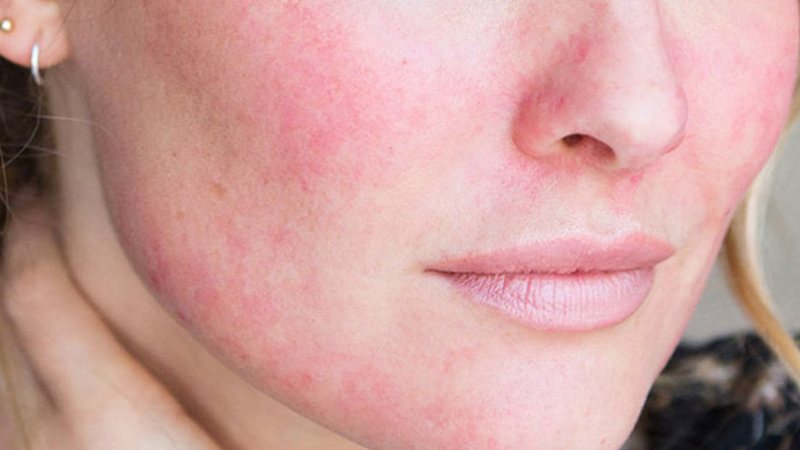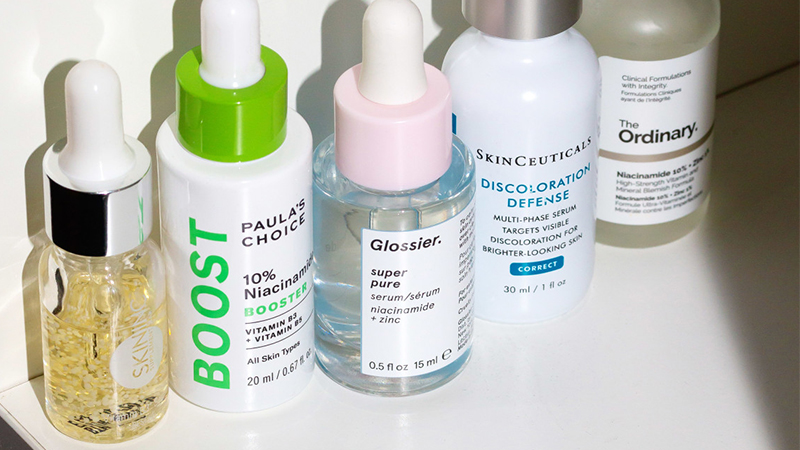Niacinamide serum has an impressive range of benefits for skincare, including acne and hyperpigmentation treatment. Niacinamide is indeed a savior for acne-prone skin and other acne-related issues. However, some users have reported experiencing skin irritation and redness from using Niacinamide. Let’s explore the possible reasons behind these reactions in this article.
1 Reports of Niacinamide Causing Redness and Irritation
 Redness and irritation caused by Niacinamide
Redness and irritation caused by Niacinamide
A user shared their experience on subreddit AsianBeauty, detailing the severe irritation they encountered after incorporating a Niacinamide 5% serum into their daily skincare routine.
It took this individual eight months of trial and error with different products to identify Niacinamide as the culprit behind the redness and irritation.
The post resonated with many readers, and several people shared similar experiences of Niacinamide causing skin irritation.
One user, with the account name “newfangled_slang,” described their reaction: “Every time I use a product containing niacinamide, my face turns red and irritated, and I break out in a ton of pustules. It took me a while to realize that I was reacting to niacinamide, and after switching to products without it, my skin has calmed down significantly.”
Another user echoed these sentiments: “I also get redness and irritation from niacinamide; my face hurts to touch.”
Related: If you have sensitive or delicate skin, consider these
2 Why Does Niacinamide Cause Redness and Irritation?
 Reasons why Niacinamide may cause redness and irritation
Reasons why Niacinamide may cause redness and irritation
According to dermatologists, there are three main reasons why niacinamide may cause skin irritation and redness. Either you are allergic to the high concentration or another ingredient in the formula is causing the irritation. However, the majority of people do not experience allergies to niacinamide, so the chances of this being the case are slim.
Dermatologist Dr. Angelo Landriscina from New York shared his insights on Niacinamide. Most studies indicate that concentrations of Niacinamide at 5% or lower tend to show skin improvement. Using Niacinamide in excess can lead to skin irritation, redness, and a stinging sensation.
3 What to Do If You Experience Redness and Irritation

If you notice any unusual skin reactions, such as redness or a burning sensation, discontinue using the product immediately. If you suspect Niacinamide is the culprit, you can try using it on a different part of your body with reduced frequency and dosage.
Additionally, incorporate products containing caffeine and Arbutin to address the inflammation and redness.
Skincare is an essential part of the daily routine for many women. While Niacinamide offers numerous benefits, it’s important to be aware of potential side effects. We hope this information helps guide women in their skincare journey with Niacinamide.






























